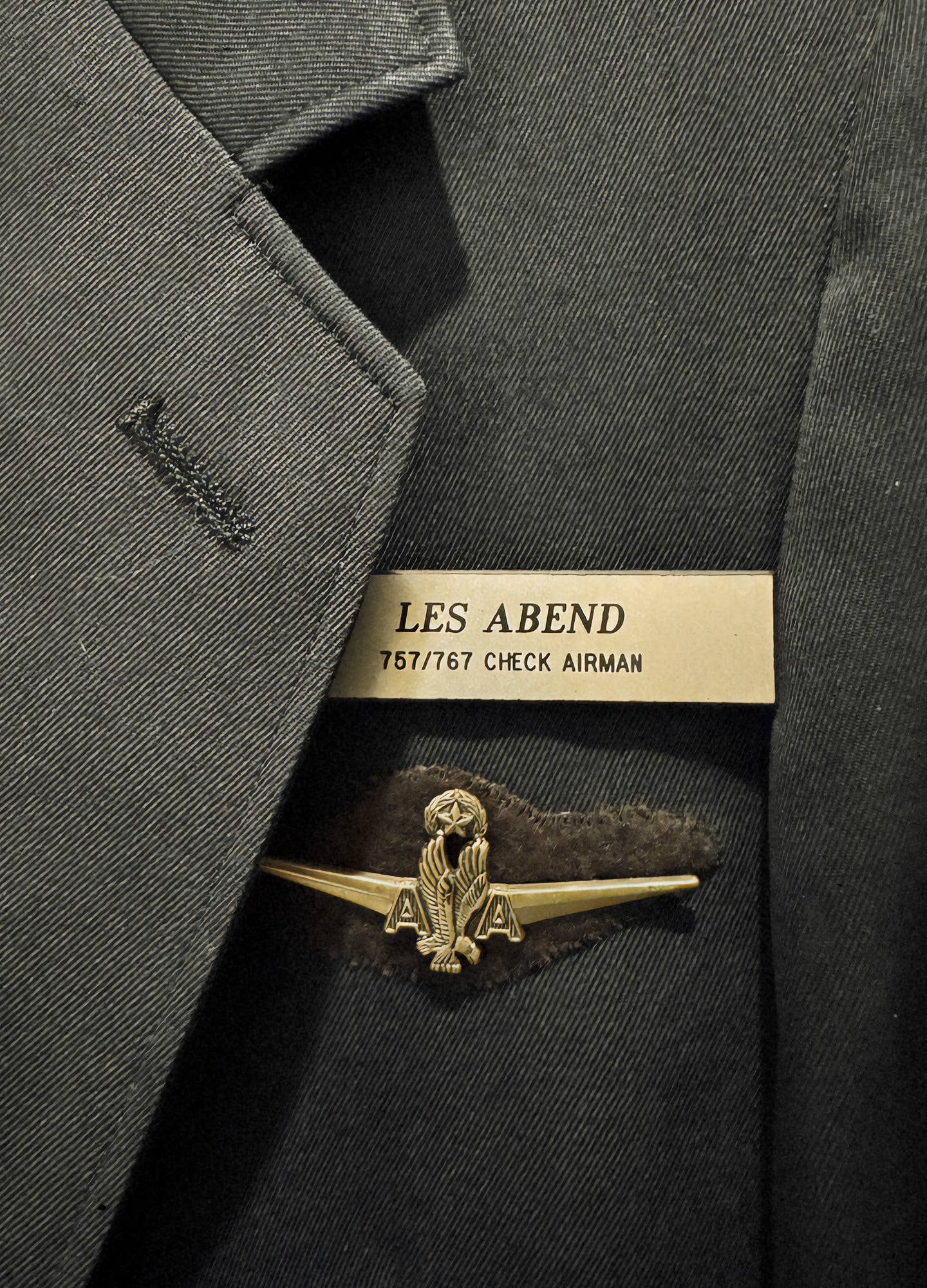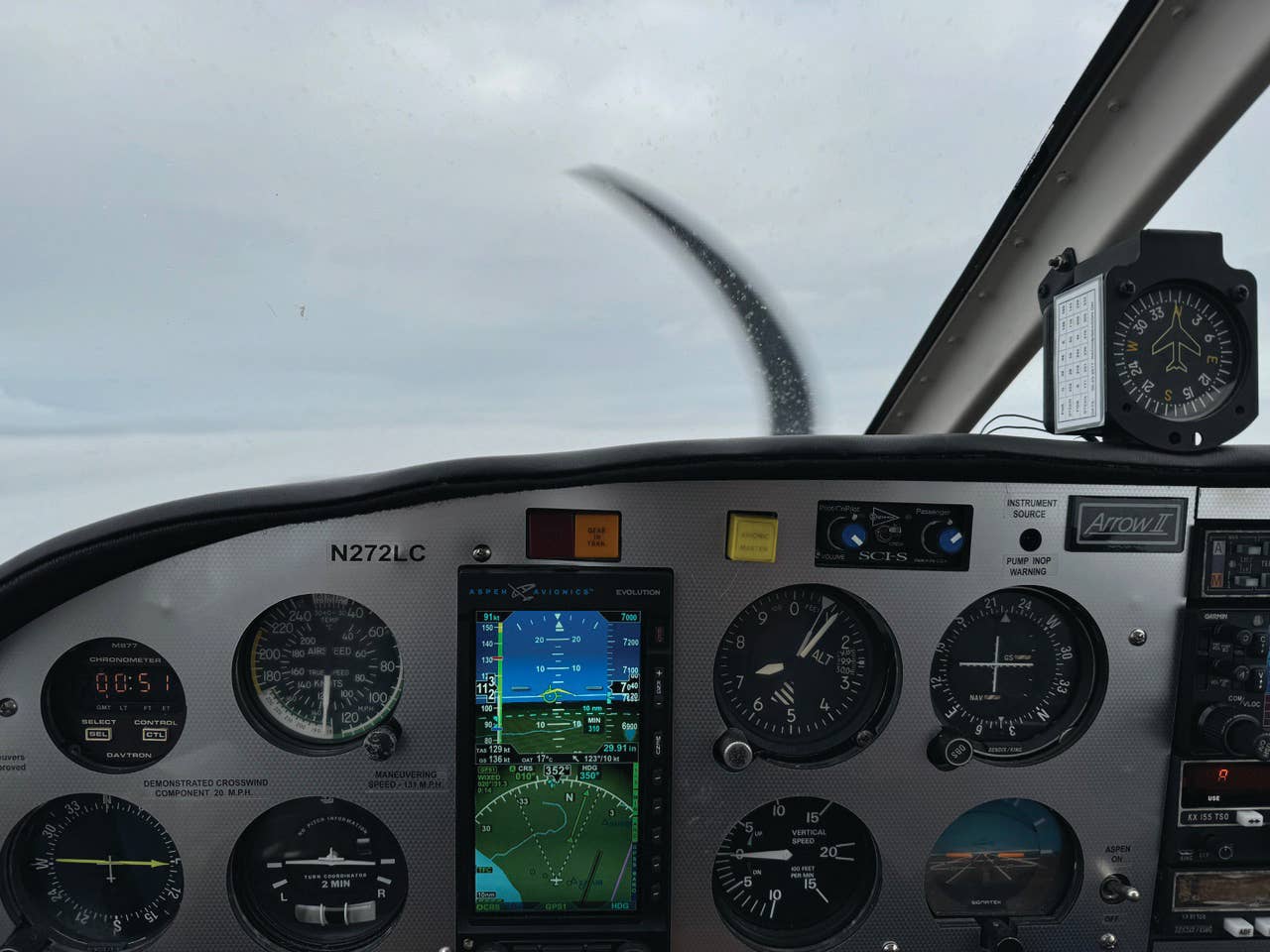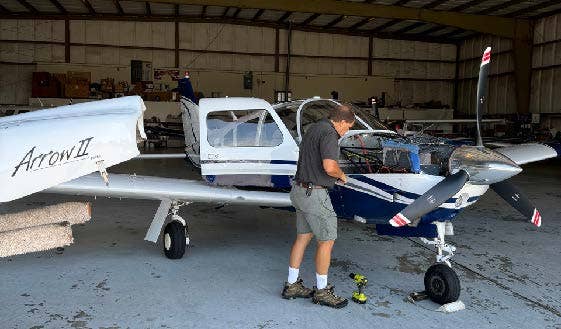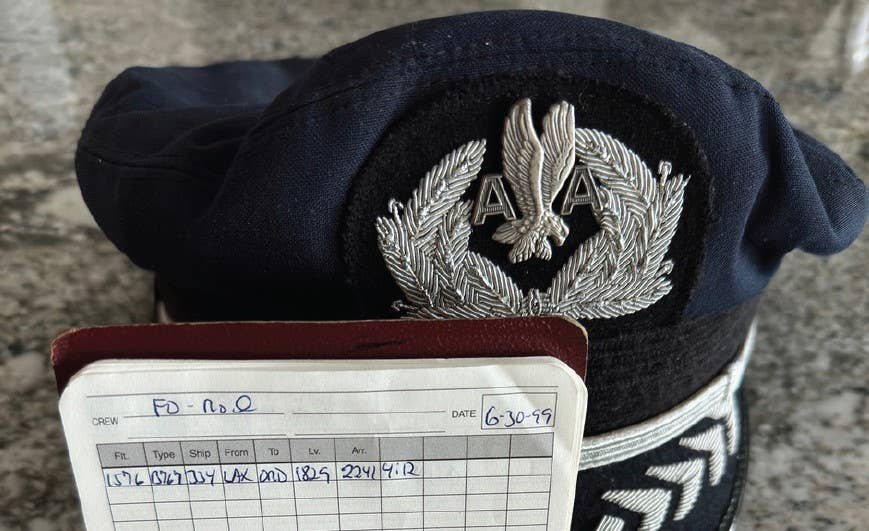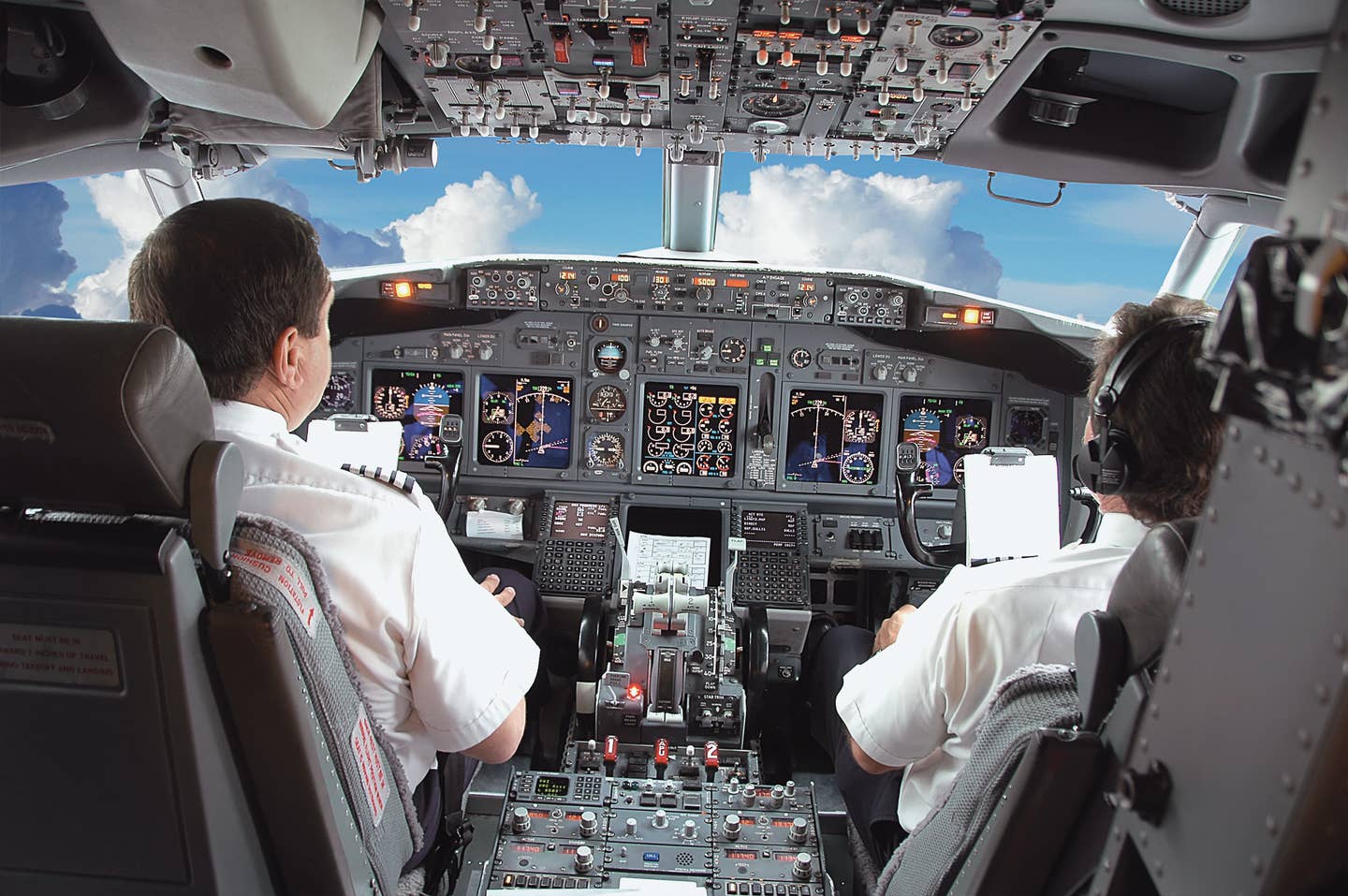
As of April 2023, all Part 121 carriers are required to have a leadership and command program in addition to mentor training for captains. [Adobe Stock]
I stepped across the cockpit door threshold. The captain was in the process of testing the weather radar on board our Boeing 727. Shuffling behind the flight engineer and slithering into the copilot seat, I glanced at the green screen of the old but reliable RCA display. It took more art than skill to operate.
With a scowl on his face, Captain Dave turned to our wet-behind-the-ears flight engineer and said, “Call maintenance. The radar is spoking in the video band.”
Staring at the unit, I saw nothing but a green scan sweeping across the display. Hmm. What the heck was a video band? Thinking this seasoned captain could impart some valuable knowledge, I made the biggest mistake of the three-day trip. I asked the question out loud.
If you're not already a subscriber, what are you waiting for? Subscribe today to get the issue as soon as it is released in either Print or Digital formats.
Subscribe NowDave’s response was curt and combative: “Look it up.” Despite my diplomatic efforts to explain that my question wasn’t challenging his authority, but rather an innocent attempt at an understanding, the cockpit temperature became icy cold. Various other benign interactions invoked similar results. The flight engineer and I determined it was best to follow the rule of speaking only when spoken to.
One of the layovers on the trip took us to Seattle, where I had the opportunity to visit with a friend who had been hired by Alaska Airlines after we had both been furloughed by now-defunct Wien Air Alaska. My friend became a therapist after I described bits and pieces of the Captain Dave experience. At pickup time, my friend got a glimpse of our boss as he descended to the hotel lobby in the glass elevator. His bright, white uniform shirt was starched with razor-edge creases, hat perfectly straight, and patent leather shoes shined to squint-worthy brightness.
The astonished expression on my friend’s face was confirmation that he understood my pain. He simply said, “No one ever loops a Bausch and Lomb sunglass case through their belt.”
On the last leg of the trip to New York, our illustrious captain landed long on Runway 13 at LaGuardia (KLGA). Another arrival landed within seconds of our turn off the runway behind us. It was a dark night and, within an instant, I realized that the other arrival was about to exit via a high-speed taxiway, presenting a potential ground collision as we taxied from the opposite direction.
Keying the mic, I asked ground control if it wanted us to hold short of the high-speed taxiway that the other airplane was exiting. Unfortunately, the transmission was blocked. Captain Dave seemed unaware of the pending disaster, so I did my best to “suggest” that he stop the airplane. His wrath emerged, admonishing me for having the audacity to attempt communication with ATC without his approval. I was berated until the brakes were parked at the gate.
When the parking checklist was complete, I promptly picked up my flight bag, said goodbye to the flight engineer, and never spoke a word to Captain Dave as I exited the cockpit. I enjoyed a restless night’s sleep. Still on probation status with the airline, it seemed best to be preemptive and report my insubordinate discretions to our New York chief pilot, guilty or not. Perhaps he would have mercy on my soul.
With patience and a sympathetic ear, my chief pilot listened to the entire story of the trip from hell. I resisted revealing the name of the captain until he compelled me to utter it at the conclusion of my diatribe. After hearing the name, a brief moment of silence followed. My chief said, “Enjoy the rest of your career. Call me anytime.” To this day, the “video band” is still a mystery.
For those of us that began our careers with captains who never heard of the concept of CRM (crew resource management) or dismissed the idea entirely, it wasn’t unusual to fly with a four-striper who wouldn’t exactly be invited to Mom’s dinner table. Despite the pain of surviving a trip with such captains, it was a learning experience. The captain described earlier silently demonstrated some 727 flying techniques with which I wasn’t familiar, so all was not lost.
Or there was Captain Jack, who was genuinely a decent guy, but his people skills were sorely lacking. On almost every trip, he managed to tweak the ire of the ground crew or flight attendants. I was often the buffer between his potential demise at the hands of a fellow employee and survival. Somehow, I remained on his good side, most likely because of my attempts at diplomacy. Except for one night.
After being rebuffed by our No. 1 flight attendant who was busy with passengers, Jack had wanted a face-to-face discussion that involved seat belt strategy in anticipation of turbulence ahead over the Rockies. Even in the darkened Boeing 767 cockpit, I watched his complexion transform toward a deeper shade of red.
- READ MORE: So, You Can Actually Fly to Lunch?
Frustrated, Jack stabbed a button on his radio panel. Before I realized he had pressed the No. 1 VHF button and not the intended PA button (which is rarely used to summon a flight attendant anyhow), he transmitted on center frequency: “Lisa, come to the cockpit. I need you now!”
I cringed in anticipation of the inevitable. For a long minute, the frequency was alive with stand-up comics. “Lisa, I need you first!” “Lisa, come over here when you’re done!” “Lisa, don’t leave me!” And so on.
Although I was sympathetic to Captain Jack’s blunder, a smirk escaped from my face. To Jack’s credit, he smiled and bowed his head in resignation. He accepted the punishment and bought the first beer on the layover.
The experiences with all types of captain personalities were part of an informal but valuable mentoring process that helped define my own leadership skills. Good or bad, I filed away the best and worst. When it came time for me to add the fourth stripe, a switch in my brain activated that said I was ready, not only because of my level of comfort flying the airplane but because of the leadership traits experienced.
As of April, all Part 121 carriers are required to have in place a leadership and command program in addition to mentor training for captains. Back in the day, my airline offered a program dubbed “charm school.” We all received a leather-bound notebook with our names embossed, a vague idea on how to be a captain, and a lot of airline cheerleading. Most of us had already been flying in the left seat for a year, so it was easy to stick our chests out as “seasoned” captains. That said, charm school was a well-intended program. A version of it still exists.
With the airline industry now upgrading copilots to captains at warp speed, the opportunity for these pilots to experience all types of leadership remains limited. It is my hope that the leadership and command training, alongside the mentoring program, will be a sufficient supplement in filling our cockpits with adept captains.
A well-rounded copilot makes for a well-rounded captain.
This column first appeared in the December 2023/Issue 944 of FLYING’s print edition.

Sign-up for newsletters & special offers!
Get the latest FLYING stories & special offers delivered directly to your inbox



